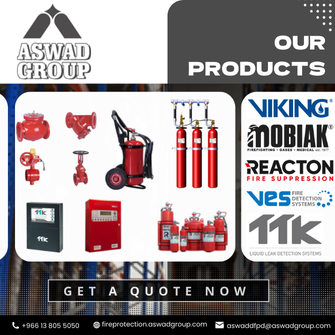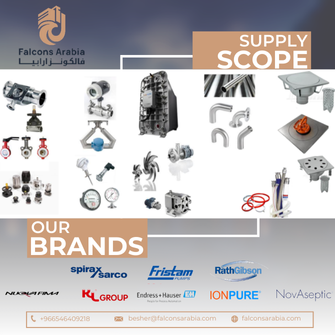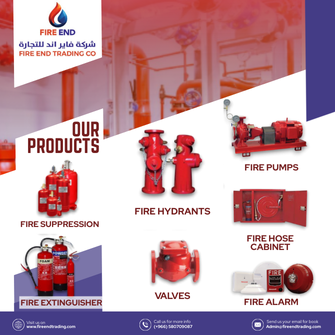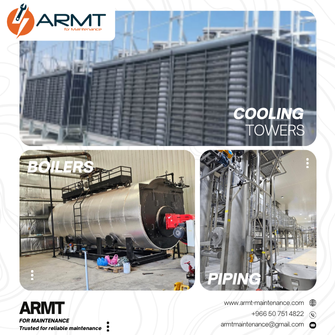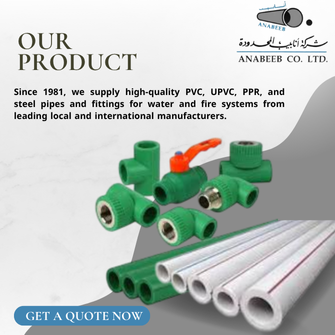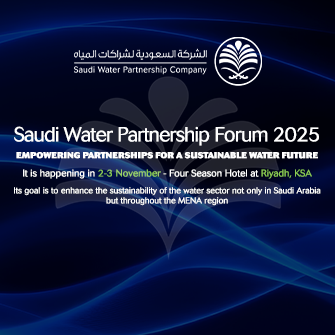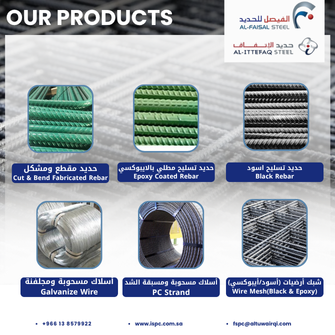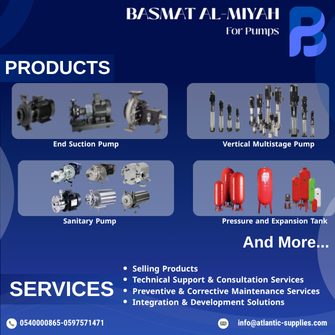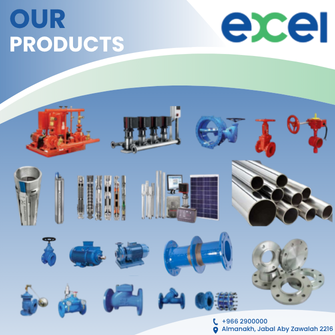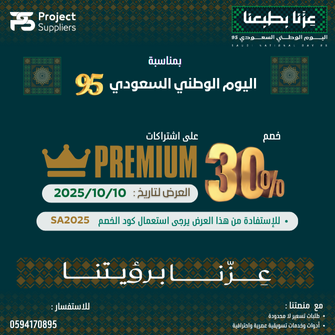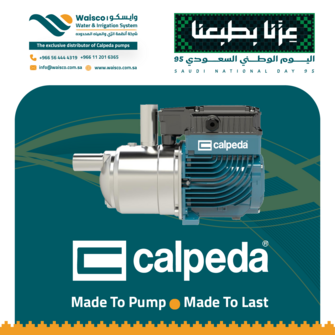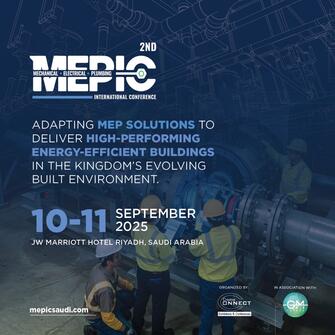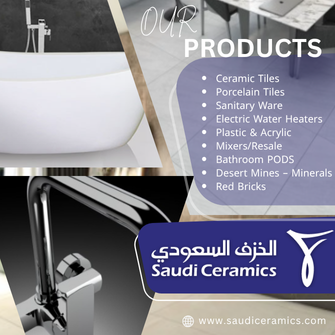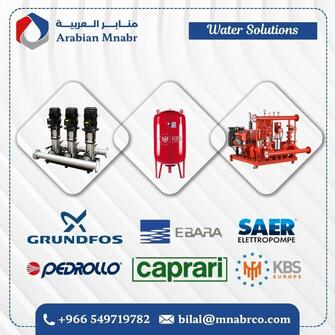Fire Extinguishers - CO2 - Powder - Foam -Dry Chemical - Portable Water - Clean Agent - Wet Chemical
advertisement
Gallery
Product Information
A fire extinguisher is an active fire protection device used to extinguish or control small fires, often in emergency situations. It is not intended for use on an out-of-control fire, such as one which has reached the ceiling, endangers the user (i.e., no escape route, smoke, explosion hazard, etc.), or otherwise requires the equipment, personnel, resources and/or expertise of a fire brigade. Typically, a fire extinguisher consists of a hand-held cylindrical pressure vessel containing an agent that can be discharged to extinguish a fire. Fire extinguishers manufactured with non-cylindrical pressure vessels also exist but are less common.
There are two main types of fire extinguishers: stored-pressure and cartridge-operated. In stored pressure units, the expellant is stored in the same chamber as the firefighting agent itself. Depending on the agent used, different propellants are used. With dry chemical extinguishers, nitrogen is typically used; water and foam extinguishers typically use air. Stored pressure fire extinguishers are the most common type. Cartridge-operated extinguishers contain the expellant gas in a separate cartridge that is punctured prior to discharge, exposing the propellant to the extinguishing agent. This type is not as common, used primarily in areas such as industrial facilities, where they receive higher-than-average use. They have the advantage of simple and prompt recharge, allowing an operator to discharge the extinguisher, recharge it, and return to the fire in a reasonable amount of time. Unlike stored pressure types, these extinguishers use compressed carbon dioxide instead of nitrogen, although nitrogen cartridges are used on low temperature (–60 rated) models. Cartridge operated extinguishers are available in dry chemical and dry powder types in the U.S. and in water, wetting agent, foam, dry chemical (classes ABC and B.C.), and dry powder (class D) types in the rest of the world.
Types of extinguishing agents
Dry chemical
This is a powder-based agent that extinguishes by separating the three parts of the fire triangle. It prevents the chemical reactions involving heat, fuel, and oxygen, thus extinguishing the fire. During combustion, the fuel breaks down into free radicals, which are highly reactive fragments of molecules that react with oxygen. The substances in dry chemical extinguishers can stop this process.
- Monoammonium phosphate, also known as tri-class, multipurpose, or ABC dry chemical, used on class A, B and C fires. It receives its class A rating from the agent's ability to melt and flow at 177 °C (351 °F) to smother the fire. More corrosive than other dry chemical agents. Pale yellow in color.
- Sodium bicarbonate, regular or ordinary used on class B and C fires, was the first of the dry chemical agents developed. In the heat of a fire, it releases a cloud of carbon dioxide that smothers the fire. That is, the gas drives oxygen away from the fire, thus stopping the chemical reaction. This agent is not generally effective on class A fires because the agent is expended and the cloud of gas dissipates quickly, and if the fuel is still sufficiently hot, the fire starts up again. While liquid and gas fires do not usually store much heat in their fuel source, solid fires do. Sodium bicarbonate was very common in commercial kitchens before the advent of wet chemical agents, but now is falling out of favor as it is much less effective than wet chemical agents for class K fires, less effective than Purple-K for class B fires, and is ineffective on class A fires. White or blue in color.
- Potassium bicarbonate (principal constituent of Purple-K), used on class B and C fires. About two times as effective on class B fires as sodium bicarbonate, it is the preferred dry chemical agent of the oil and gas industry. The only dry chemical agent certified for use in ARFF by the NFPA. Colored violet to distinguish it.
- Potassium bicarbonate & Urea Complex (AKA Monnex), used on class B and C fires. More effective than all other powders due to its ability to decrepitate (where the powder breaks up into smaller particles) in the flame zone creating a larger surface area for free radical inhibition. Grey in color.
- Potassium chloride, or Super-K, dry chemical was developed in an effort to create a high efficiency, protein-foam compatible dry chemical. Developed in the 1960s, prior to Purple-K, it was never as popular as other agents since, being a salt, it was quite corrosive. For B and C fires, white in color.
- Foam-compatible, which is a sodium bicarbonate (BC) based dry chemical, was developed for use with protein foams for fighting class B fires. Most dry chemicals contain metal stearates to waterproof them, but these will tend to destroy the foam blanket created by protein (animal) based foams. Foam compatible type uses silicone as a waterproofing agent, which does not harm foam. Effectiveness is identical to regular dry chemical, and it is light green in color (some ANSUL brand formulations are blue). This agent is generally no longer used since most modern dry chemicals are considered compatible with synthetic foams such as AFFF.
- MET-L-KYL / PYROKYL is a specialty variation of sodium bicarbonate for fighting pyrophoric (ignites on contact with air) liquid fires. In addition to sodium bicarbonate, it also contains silica gel particles. The sodium bicarbonate interrupts the chain reaction of the fuel and the silica soaks up any unburned fuel, preventing contact with air. It is effective on other class B fuels as well. Blue/red in color.
Looking for new opportunities in the Saudi market?
Receiving real RFQs is the key for new orders.
Here in Project Suppliers platform we gain you the new opportunity.

